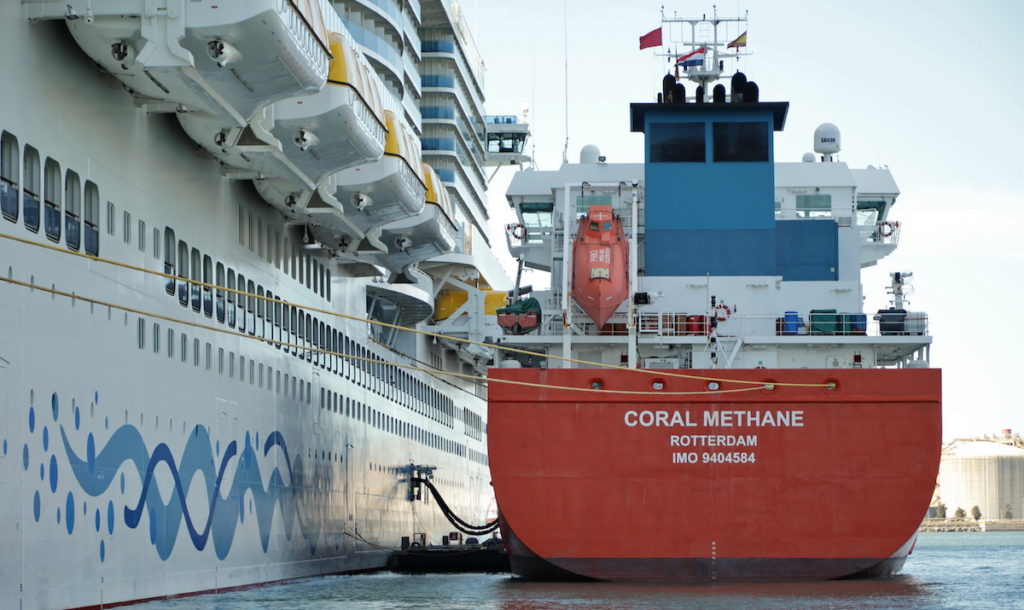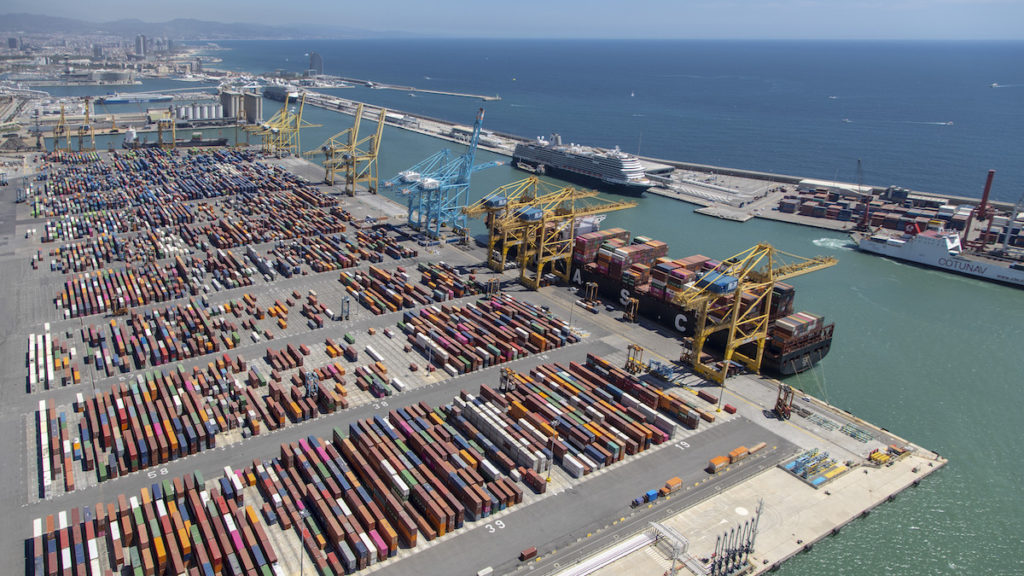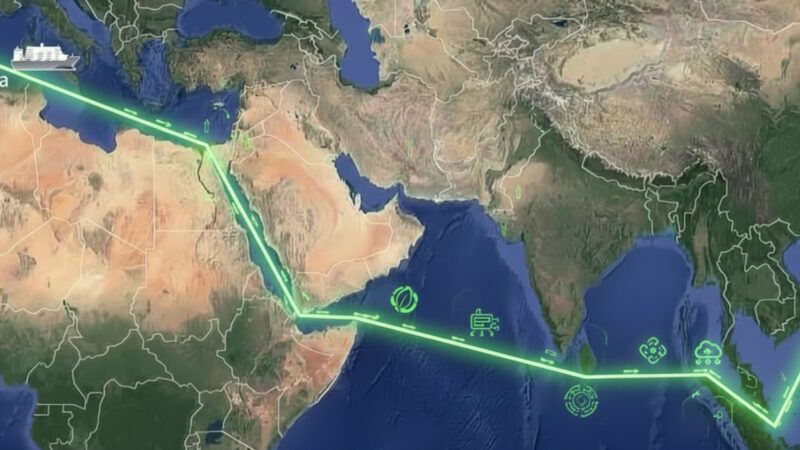 The maritime transport sector continues towards IMO 2020 with the sustainability included in the program.
The maritime transport sector continues towards IMO 2020 with the sustainability included in the program.
With sustainability on the agenda, the marine transportation sector presses ahead for IMO 2020
By the start of this year, the marine transportation sector was expected to slash its emissions according to the new standards of IMO 2020. The use of lower sulphur fuels and culture shifts in service mentality are a few of the initiatives that the shipping sector prepared for the start of this year.
 The maritime transport sector continues towards IMO 2020 with the sustainability included in the program.
The maritime transport sector continues towards IMO 2020 with the sustainability included in the program.
With the arrival of 2020, the marine transportation sector has had a big task on its hands to prepare for the International Maritime Organization’s 2020 bid for lowering emissions. While IMO 2020 affects the industry globally, the call to make Europe the world’s first climate neutral continent demands for particular attention to be put on the transport sector in this region.
Goals to reduce emissions by at least 50% up from the current state of 30% by 2030 put significant pressure on a sector that is simultaneously experiencing an increasing demand. This fast track expectation has been met with strong initiatives from the leaders of maritime shipping.
The big question is: Do they meet the requirements of IMO 2020?
This was the main concern at the event surrounding the IMO 2020 scheme at Smart City Expo World Congress, where leading players of the industry met to share their commentaries on the challenges and present solutions.
The need for more sustainable practices
Sergio Alda, Project Officer for Marine Environment at EMSA stated: “European cities see 400,000 premature deaths related to air pollution every year. Of those, 60,000 can be attributed to shipping.”
With numbers of this size, there’s no questioning the necessity of change.
For this reason, IMO 2020 is putting the onus on the shipping sector to focus on digital policy and transformations that will help to create a more sustainable industry. These topics were introduced by José Fernández, Policy Officer of the European Commission, who led the talks on the need for digitization in shipping.
“Digitalization increases the efficiency of transportation systems, enhances environmental performance, and cuts administrative bills.”
José Fernández, Policy Officer, European Commission
With the advancement of technological capabilities in this sector, the challenge set forth by IMO 2020 has urged the industry to put a sharp digital focus on a few key themes:
- Supporting the growth of the industry. For example, shipping operators were found to spend between 1 and 3 unproductive hours waiting in port call; lowering this time would simultaneously lower emissions.
- Introducing a higher degree of data collection, which will enable the industry to learn faster and become more efficient.
- Improving communication. For example, this would help to adapt vessel speed to maritime traffic conditions and to berth availability.
- Better connecting ships with the rest of the world by creating more productive supply chain management and improving logistics planning across the industry.
But the shipping sector has required a lot more than just the promise of digitalization to meet the high demands of IMO 2020.
For this reason, maritime shipping has looked towards new common standards. And, as Mr. Henning Schleyerbach, COO of the Digital Container Shipping Association (DCSA) says, “The focus should not be on the new but the common.”
While the panel of experts at the Smart City exposition appeared fairly positive that they would meet requirements, there were a number of calls to action that challenged the industry to rise to the occasion for the start of this year.
 Putting new limits on sulphur emissions
Putting new limits on sulphur emissions
Seeing as IMO 2020’s intent is to lower shipping related emissions, the obvious answer is to look for alternative methods to sulphur based fuels. Sergio Alda of EMSA presented his findings on the necessity of alternative fuels and the challenges that come with the subsequent changes.
The two biggest concerns throughout the preparation for IMO 2020 have been:
- The availability of alternative fuels - something that Alda disclosed has already been resolved.
- Enforcing the use of these fuels, as there are concerns that not everyone will comply. Regulations must be in place to ensure that they do.
Over the past 4 years since IMO 2016, the activity surrounding the demand to exterminate the use of high-sulphur has been hectic, including the establishment of guidelines surrounding compliance and regulation. But the first big challenge was to solve the availability concern by developing a list of emission abatement methods and weighing the benefits of each.
In the end, EMSA developed this list of technical solutions for shipowners:
- EGCS/Scrubbers. The benefits being its conduciveness for retrofits, with the challenges of wash water management and maintenance.
- LNG. The benefits being that it's the cleanest of fossil fuels and is increasingly available at a lower price, with the challenges of methane emissions, high CAPEX, and safety concerns.
- Methanol. The benefits being that it’s liquid at ambient temperature and includes 99% SOx and PM reductions, with the challenges of corrosivity, very low viscosity, and safety concerns.
- Biofuels. The benefits being they have the highest potential for sustainability and they’re becoming increasingly available, with the challenges of cost and bio-certificate schemes.
- Electricity. The benefits being that it’s more efficient and allows for a cleaner energy source, with the challenges that energy density is low for onboard solutions and the availability of OPS is still reduced.
Each method has its clear advantages and challenges, not to mention the overarching challenge of ensuring that each alternative fuel is available when ships arrive at port.
Next came the mission of addressing concern number two: the enforcement of compliance. The question then became how to select ships for inspection. Their solution is to track companies for non-compliance using infrared on sniffers, drones, and planes, with a method of only risk-based targeting.
And with the threat of at least 300 penalities established, as described by Sergio Alda, including potential loss of insurance for shippers and fines set depending on the port, companies are taking these initiatives seriously by working to comply with regulations.
According to Sergio Alda of EMSA, the sulphur directive has led to a 20-60% reduction in SOx emissions from shipping, proving that steps towards a more sustainable shipping industry are possible.
But a simple demand for alternative fuels isn’t enough to comply with IMO 2020, nor properly prepare the shipping market for the future. According to Pyers Tucker, Corporate Development at Hapag Lloyd, this challenge requires a complete switch in the shipping business mentality.
 A shift towards customer oriented shipping
A shift towards customer oriented shipping
After turbulent times, Tucker believes that the container shipping industry is at an inflection point. Meaning the time has come for a cross industry shift in focus.
This is based on the fact that the shipping sector and market have fundamentally changed over the past 10 years in the sense that the number of container lines has condensed from over 20 to 7 major global lines. These merges initially caused the cost per container to drop (in Hapag Lloyd’s case it was 2,000 per TEU and now it’s 1,000 per TEU - a 50% reduction).
However, these returns are diminishing. The market will no longer see a benefit in merging partners, meaning there’s no longer a benefit for getting bigger. So what can shipping companies do in order to improve?
After over 6 months of analysis, Hapag Lloyd concluded that the time has come for companies to shift their focus from profit to service of quality.
Thanks to their large piece of market research on the shipping industry, it can be concluded that quality and reliability matter to just over half of companies. Indicating that the rest focus their business model on price. Then, within the half that do put a focus on quality of service, there’s a point in questioning whether or not they’re really following up on that promise.
According to Tucker, it’s often the culture for carriers to sell high promises but deliver much lower than what was sold. They believe that it’s the time to change operational systems to support what carriers promise.
But why?
The demands of customers have not changed much over the years: they look for on-time delivery, fast transit times, equipment and space availability, fast response times, accurate documentation, and high-quality issue resolution. What their study has found is that until carriers stop focusing on cost and learn how to create these values for their customers, they’ll never break out of profitability losses.
Tucker cautioned his counterparts of relying on the myth that shipping is a commodity. And this is something that carriers should be expected to keep in mind not only with customer service - but in regards to the sustainability of their practices.
This shift in how companies think about the industry, focusing on delivering promises to customers and on environmental responsibilities, will not only help the industry reach their IMO 2020 goals - but enable them to win back in profits from satisfied customers.
While a shift of this nature will take the introspection of each member of the industry, Hapag Lloyd’s data and analysis demonstrate that benefits will come from making the change.
 The first steps into the new IMO standards
The first steps into the new IMO standards
Ready or not, IMO 2020 is here and the shipping industry will be held to its standards.
Despite the threat of implementation issues, such as the blending of fuels at port and the 60 billion dollar cost of making the fuel switch (which was argued should be passed on to the end user implying more changes to adjust to), industry leaders still appear confident that they’re meeting requirements.
Perhaps this is due to the hopes of establishing connected approaches to communication using integrated technology that can better organize and connect systems. For example, the business model of digital freight forwarders: once different platforms are linked together through a digital supply chain entity, not only will data flow more easily but it will be easier to manage logistics across the industry.
All of this comes back to how the whole industry works together as a supply chain, something that was highlighted by leaders of the sector. With a collective eye on building sustainable policy, the biggest lesson to learn coming into this new year is that it’s not about ownership - it’s about partnership.






